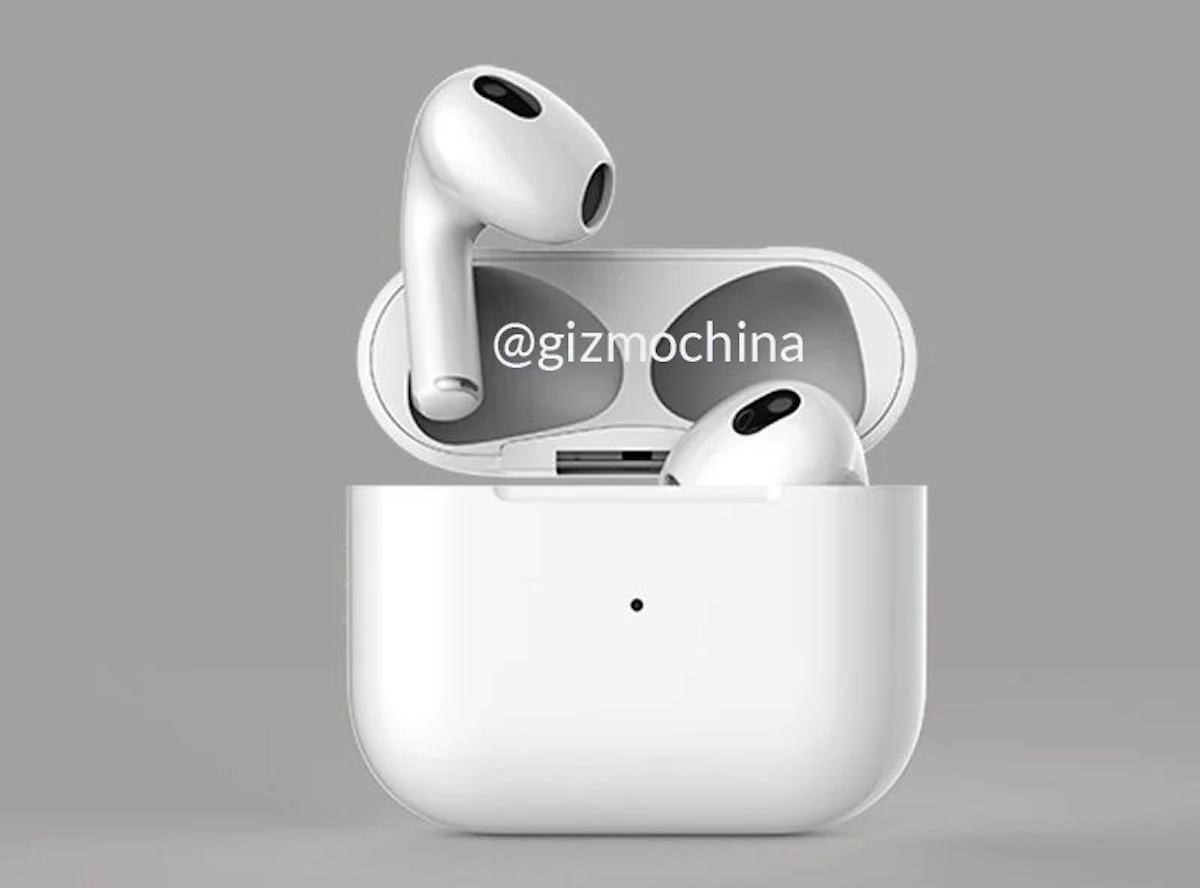A new study by Counterpoint Research found that Apple’s AirPods lost a drastic share of the wireless headphones market. The global TWS (Total Wireless Stereo) market saw very slow growth in Q2, 2021. The overall unit sales and value grew by 1% in the United States and 9% in Asia ex-China markets for the same quarter the previous year.
Apple’s AirPods dominated the global TWS market till 2020; with a 25.2% global market share, the companies headphones accessories saw 30% Y-o-Y growth in 2020. But strong competition by low to mid-range wireless earphones from Samsung and Xiaomi impacted AirPods sales, and earlier this year, Apple cut its production by 25% to 30% and reduced its shipments forecast to 75 to 80 million from 110 million.

The upcoming AirPods 3 is expected to boost Apple’s sales in 2H of 2021
The report attributes the slow growth to the COVID-19 pandemic and dearth of new developments in the market. Therefore, “Apple lost considerable share in both sales volume and value despite big price drops on the AirPods”. However, an analyst at Counterpoint, Liz Lee believes that the company’s sales will bounce up with the launch of the new AirPods 3.
“I think the 3rd generation AirPods expected next month could be a massive hit. It’s been so long since we’ve seen a new release, and if you factor in some attractive pricing, it’s very possible the AirPods 3 could push overall sales for Apple TWS hearables past 80m for the year.”

Apple is expected to launch the new AirPods 3 at the iPhone launch event in September. Industry sources claim that the new wireless earbuds will have a similar design as the AirPod Pro’s shorter stem and in-ear shape. It is also called the “most significant” update to the entry-level wireless in-the-ear headphones.
The report also predicts that the launch of Apple’s new wireless headphones will bridge the gap between sub-$100 and premium TWS markets, in terms of volume.
“In terms of revenues, significant share gains are being made by really only a handful of familiar names – Samsung, JBL and to a lesser extent Xiaomi. This is partly because of out-performance in China, where there is a strong ecosystem of smaller budget brands.
Despite this expansion, as well as declines in the US, the sub-$100 and premium markets continue inching towards parity in terms of volume. This trend is likely to be accelerated by Apple in the coming months, and I wouldn’t be surprised if the premium segment pushes past 50% in the second half.”



